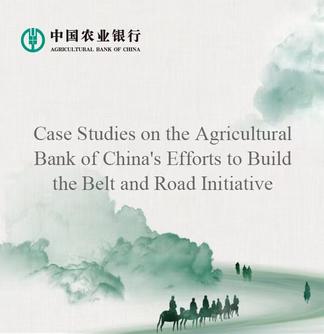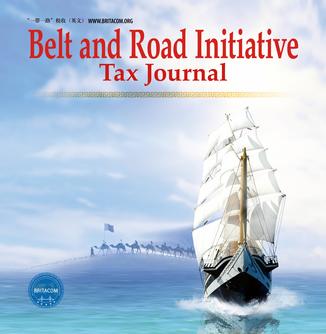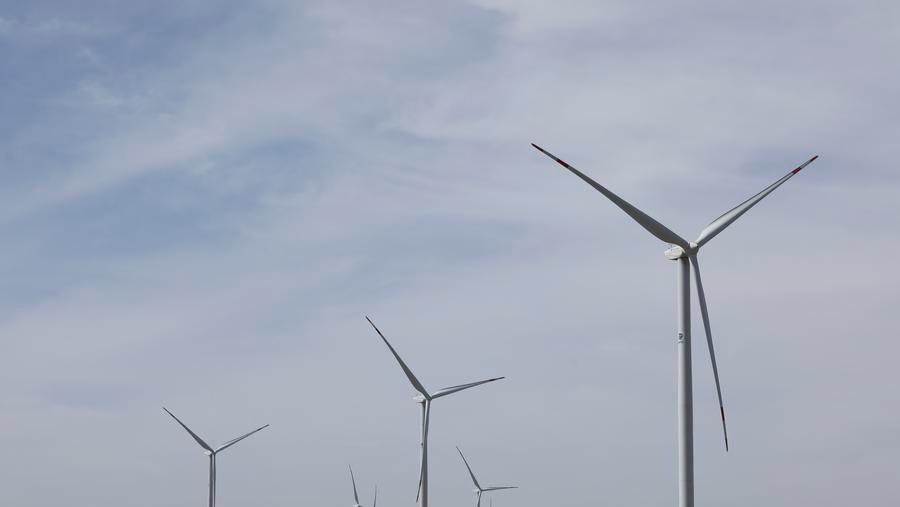This photo taken on April 3, 2023 shows some wind turbine generators of the 100-MW Zhanatas wind farm in Zhanatas, Kazakhstan. (Photo by Kalizhan Ospanov/Xinhua)
China has remained committed to its transformation toward high-quality, green development, with clean energy and low-carbon technologies driving the transition, said Oleg Deripaska, Russian chairman of the Ecological Council of the China-Russia Friendship, Peace and Development Committee.
ALMATY, Aug. 26 (Xinhua) -- More than 40 wind turbines stand tall on the vast grasslands of Kazakhstan's Akmola region, converting the wind into clean electricity that travels through a transmission network spanning over 40 km directly to the capital, Astana.
Built and operated by a Chinese company, the wind farm went online in September 2023, becoming the Central Asian country's largest at the time.
The Akmola project is one example of broader green cooperation between China and the Shanghai Cooperation Organization (SCO) partners, ranging from clean energy and ecological protection to new energy vehicles (NEVs) and sustainable transport, as they pursue shared goals of low-carbon growth and a greener future.
TURNING DESERT BACK INTO OASES
Once a bustling fishing port on the shores of the Aral Sea, Muynak in northwestern Uzbekistan is now surrounded by desert. Rusting ships stranded in sand stand as silent witnesses to ecological decline.
The Aral Sea, once the world's fourth-largest inland lake, has shrunk by more than 90 percent since the 1960s due to large-scale irrigation projects and climate change. Its near-disappearance has triggered a severe ecological crisis marked by water shortages, desertification and biodiversity loss. Muynak, once thriving, has been hollowed out as residents were forced to leave.
To address the crisis, experts from the Xinjiang Institute of Ecology and Geography under the Chinese Academy of Sciences have joined hands with Uzbek partners to explore new ways to restore the ecosystem with an aim to turn the desert back into oases.
In Muynak, a 30-acre saline plant garden has been established, introducing more than 30 salt-tolerant species from China to help restore fragile vegetation around the shrinking lake; solar-powered drip irrigation and integrated water-fertilizer technologies have significantly improved water efficiency, boosting crop yields and farmers' incomes; a joint China-Uzbekistan laboratory now provides a key platform for ecological research, providing talent and technical training.
"We are gaining invaluable knowledge from Chinese experts," said Mirzambetov Abdirashid, head of the Laboratory of Biotechnology and Plant Physiology at Uzbekistan's International Innovation Center for the Aral Sea Basin. "We look forward to fruitful results, which will greatly advance science, technology and knowledge in Central Asia."
Echoing Abdirashid, Kyrgyz ecologist Anara Sultangaziyeva said China's expertise in desertification control and water-saving irrigation could be a game-changer for SCO members.
"These solutions can help improve and protect our ecosystems while enabling low-carbon, sustainable development," she noted.
This photo taken on April 24, 2024 shows a new energy vehicle (NEV) assembly line of BYD, China's leading NEV manufacturer, at the plant of BYD in Zhengzhou, central China's Henan Province. (Xinhua/Li Jianan)
GREENER RIDE FOR EVERYDAY LIFE
A "Green Mobility Week" campaign has recently been launched in Almaty, Kazakhstan's largest city, encouraging residents to adopt cleaner modes of transport.
The Chinese-made electric buses achieved great traction during the event.
Hailing the buses "100 percent eco-friendly," Nesibeli, a 16-year-old student who rides them almost daily, said: "They're so quiet with comfortable air conditioning, and they make life much easier."
Askhat, a taxi driver, shared a similar sentiment, saying that his Chinese electric car is "economical, environmentally friendly and packed with smart technology."
Across Almaty and many other Central Asian cities, Chinese-brand NEVs are becoming part of daily life, supporting local green transport systems and low-carbon city development.
In Bishkek, the capital of Kyrgyzstan, resident Nurkin is preparing to buy himself a Chinese NEV. In his eyes, Chinese NEVs are stylish, advanced and competitively priced. "Many people I know are eager to try them. I hope we'll see more on the roads."
The rising market share of Chinese NEVs underscored the strong trust in China's technology and manufacturing. Take Uzbekistan, the country imported 24,095 electric cars in 2024, of which 23,982 came from China.
China has remained committed to its transformation toward high-quality, green development, with clean energy and low-carbon technologies driving the transition, said Oleg Deripaska, Russian chairman of the Ecological Council of the China-Russia Friendship, Peace and Development Committee.
Countries like Russia also look forward to deeper exchanges and broader cooperation with China, he added.




 A single purchase
A single purchase









